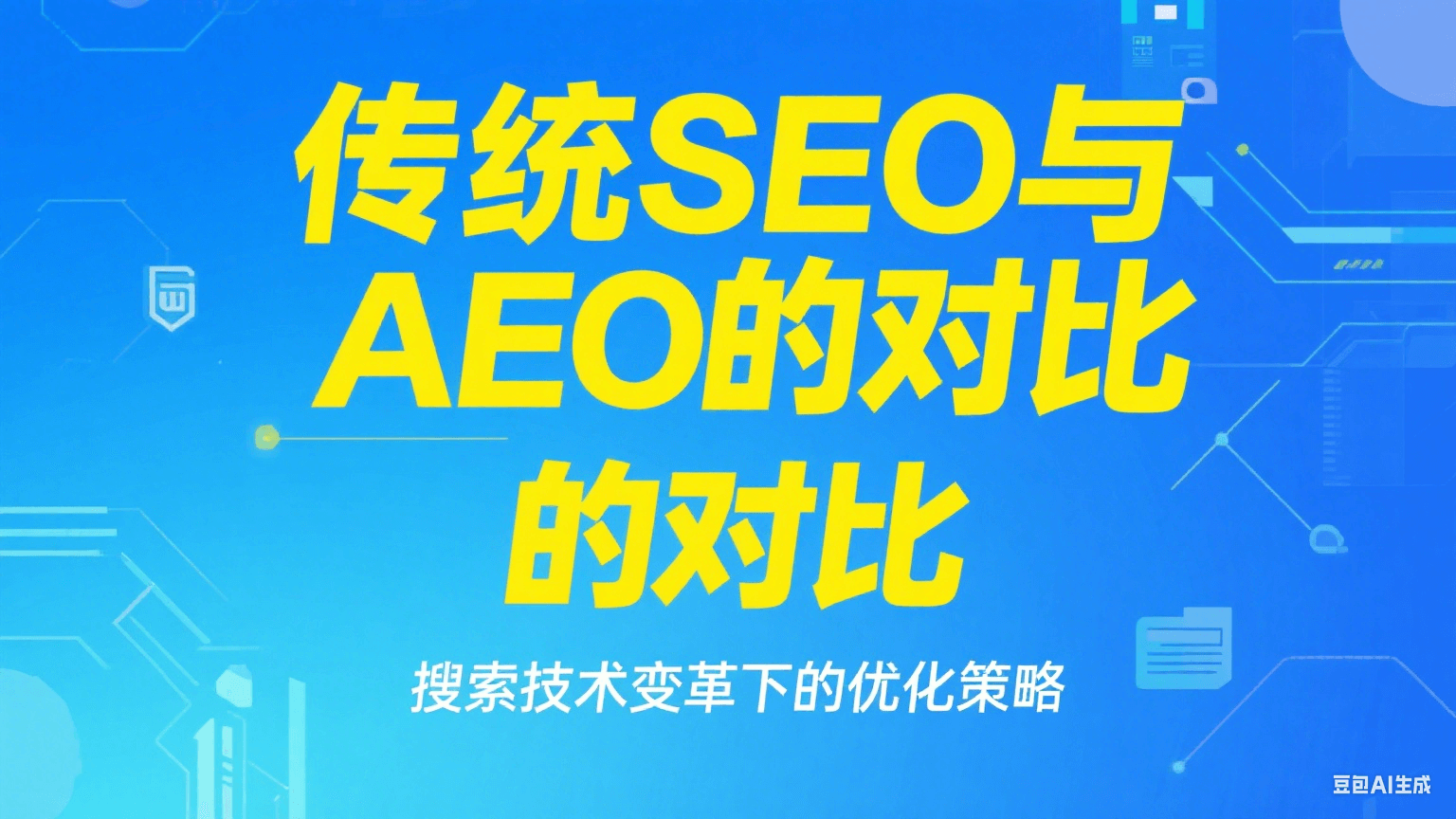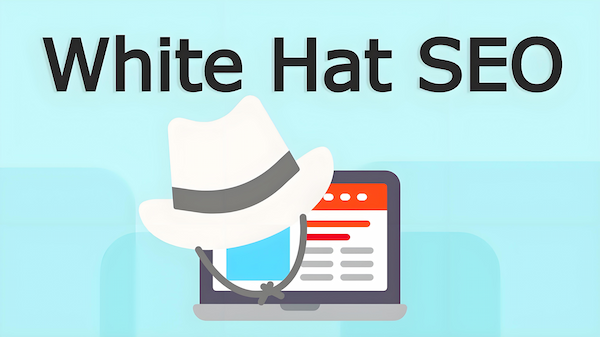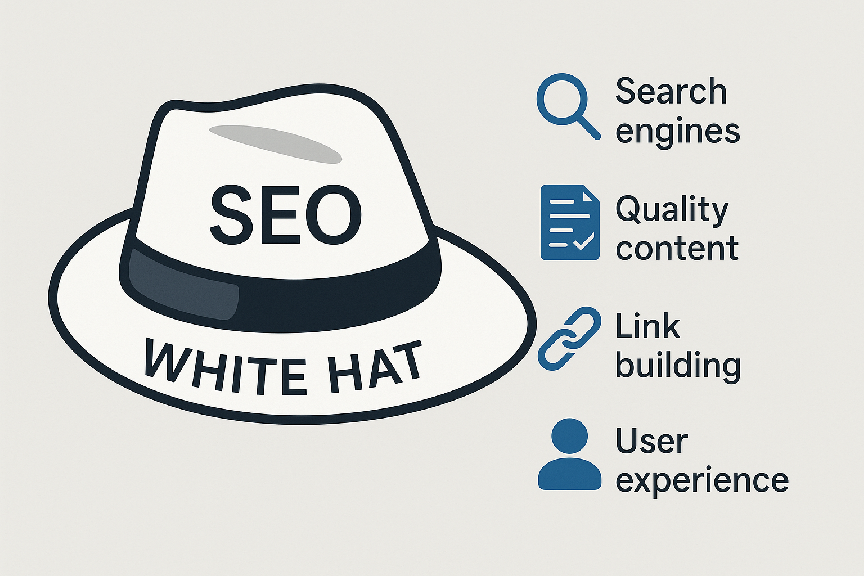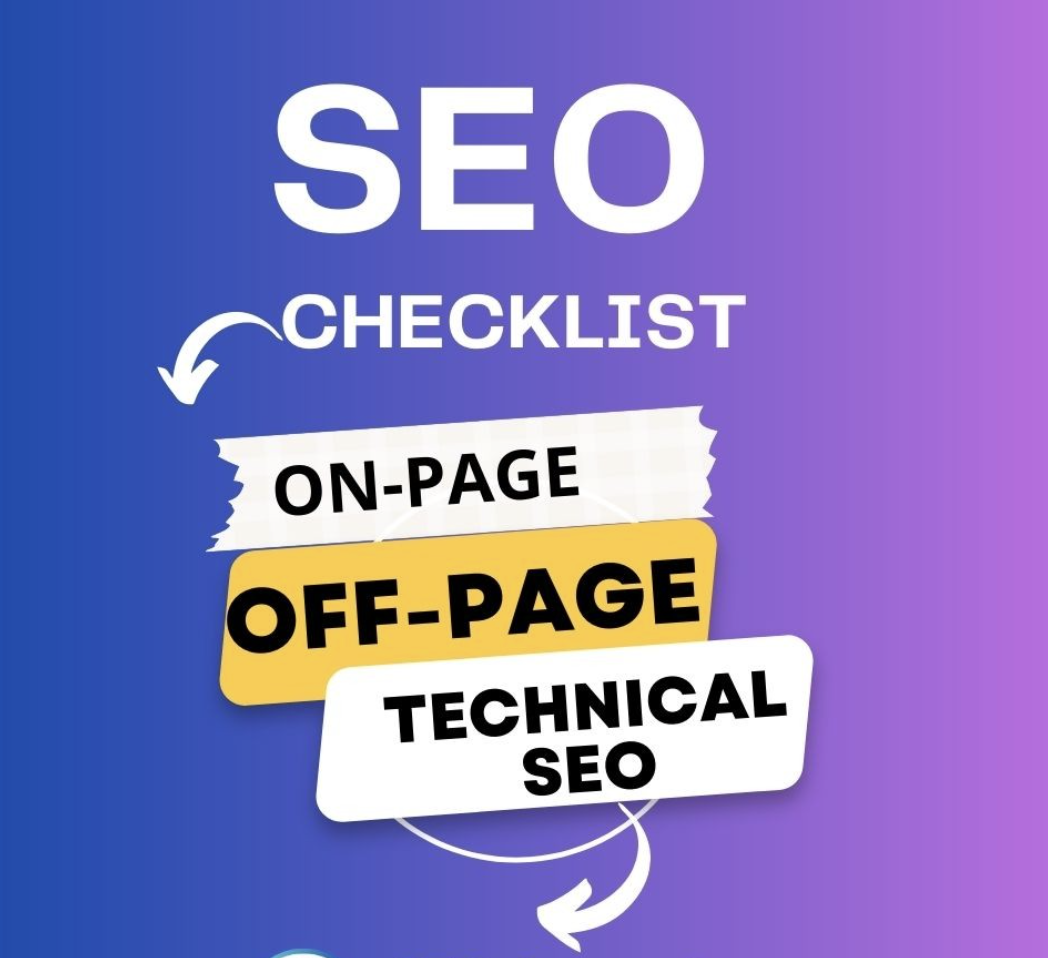In today’s fiercely competitive online landscape, standing out on search engines is a challenge. Frequent algorithm updates and strict guidelines make “black hat” shortcuts risky—if you get caught, your site could be penalized or even removed from search results. By contrast, white hat SEO focuses on safe, sustainable methods that comply with search engine rules, delivering steady, long-term growth.
Introduction to Black Hat SEO
Some SEO teams, eager to drive “free” traffic quickly, resort to deceptive or manipulative tactics that violate search engine guidelines. Although these methods might produce a temporary rankings boost, they carry a high risk: once search engines—especially Google—detect the abuse, your site can be penalized, demoted in search results, or even removed from the index entirely.
Black hat SEO refers to aggressive tactics used to drive free traffic by deceiving search engines. While these methods may offer a brief surge in rankings, they violate Google’s guidelines and carry significant risks. In many cases, search engines will detect the deception and punish the offending site by lowering its positions or removing it from search results entirely.
Below are some frequently encountered black hat techniques that can ultimately do more harm than good:
Common Black Hat SEO Techniques
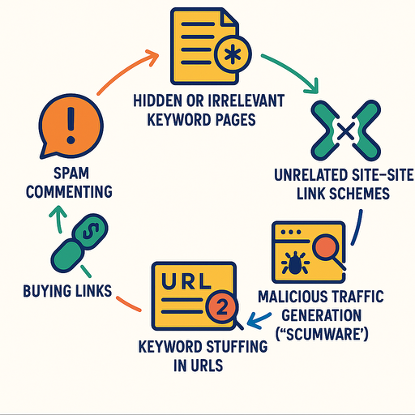
- Hidden or Irrelevant Keyword Pages
Pages are stuffed with keywords—sometimes repeated dozens of times—and then hidden from human visitors by matching text color to the background or setting the font size to be nearly invisible. Although Google’s bots may initially “see” all of these keywords, they quickly lose trust when they realize the page content doesn’t match what users actually read. Once caught, the entire site can be blacklisted. - Unrelated Site-to-Site Link Schemes
Since backlinks are a major ranking factor, some teams create dozens of unrelated websites that all link to a single “money site.” Rather than building real authority, this produces a network of meaningless links. Google’s algorithms now detect these artificial link patterns and can penalize the target site—often causing a drop in rankings rather than any benefit. - Malicious Traffic Generation (“Scumware”)
Certain outfits distribute fake search engines, spyware, or browser-hijacking scripts to funnel visits to a target site. While these tactics can inflate traffic numbers, they provide zero actual value. Moreover, any association with malware or questionable downloads is an almost guaranteed way to have Google blacklist the domain. - Keyword Stuffing in URLs
In an attempt to rank for as many queries as possible, some sites embed irrelevant keywords directly in their page URLs (for example,
www.example.com/best-cheap-laptops-sale-today.html). When Google detects that these keywords don’t match the page’s real content, it can flag the URL as deceptive and apply penalties. - Buying Links
Purchasing backlinks—whether through money, gifts, or other incentives—is strictly against Google’s rules. If Google’s algorithms determine that a site’s incoming links were paid for rather than organically earned, the site’s overall credibility plummets. In severe cases, the domain can be removed from the index. (Note: Paid advertisements clearly labeled as such—using rel="sponsored"—are generally exempt from penalties.) - Spam Commenting
Some operators post irrelevant, one-line comments on blogs or forums (e.g., “Great post—check out my site at [URL]”) purely to drop a backlink. When a blog’s comment section is flooded with these meaningless links, Google tags it as low-quality, which drags down the authority of both the linking domain and the linked site.
Consequences of Black Hat SEO
Using these deceptive tactics might produce a temporary boost, but it usually backfires. Once Google uncovers the abuse, penalties can include severe ranking drops or complete removal from search results. A de-indexed site loses all organic visibility, making recovery time-consuming and expensive. Ultimately, any short-term gains are dwarfed by the long-term costs—lost traffic, damaged reputation, and wasted resources.
To avoid these pitfalls, focus instead on ethical, “white hat” SEO practices that build genuine value for users and comply with search engine policies. This will safeguard your site from penalties and ensure sustainable growth over time.
What Is White Hat SEO?

White hat SEO refers to optimization techniques that adhere to search engine guidelines (such as Google’s Webmaster Guidelines) and prioritize the user experience. Its goal is to improve a website’s organic ranking by aligning with the factors search engines use to evaluate and rank pages. Key white hat techniques include:
- Keyword Optimization
- Conduct thorough keyword research to identify terms and phrases your audience actually searches for.
- Naturally integrate these keywords into page titles, headings, and body text—avoiding forced or spammy usage.
2 High-Quality Content Creation
- Produce original, in-depth, and useful content that addresses real user needs.
- Regularly refresh and update content to keep it relevant, accurate, and engaging.
3 Site Speed & Mobile-Friendliness
- Optimize images, minify CSS/JavaScript, and leverage browser caching to reduce load times.
- Ensure a responsive design so that your site works seamlessly on smartphones and tablets.
4 Descriptive Meta Tags & Structured Data
- Write clear, compelling <title> and <meta description> tags for each page to improve click-through rates.
- Implement structured data (Schema.org markup) where appropriate so search engines can better understand your content.
5 Internal Linking & Site Architecture
- Create a logical internal linking structure (e.g., main navigation, breadcrumbs, related-posts modules) to guide both users and crawlers.
- Keep important pages within a few clicks from the homepage, making it easy to crawl and index.
6 Earned, High-Quality Backlinks
- Focus on naturally acquiring links from reputable industry sites, authoritative blogs, and trusted publications.
- Avoid paid links, link schemes, and excessive exact-match anchor text, all of which can trigger penalties.
Dtcpack’s White Hat SEO Service Overview
Below is a concise look at how Dtcpack approaches white hat SEO, from initial analysis to ongoing optimization. These services can be mixed, matched, or expanded based on your unique needs.
1. Data-Driven Website Analysis
- Keyword Discovery & Competitive Benchmarking
Leveraging advanced tools, Dtcpack uncovers high-value keywords in your niche. We analyze competitor traffic, ranking positions, and backlink profiles to form a strategic roadmap. - User Experience Audit
We evaluate load times, mobile performance, site structure, and technical errors. The goal is to identify any bottlenecks that impede visitors or search engines from fully engaging with your site.
2. Professional Content Creation
- Custom Content Planning
Based on your core keywords and industry vertical, we build a content calendar that aligns with user intent and search demand. - High-Impact Writing
Our in-house writers produce in-depth articles, how-to guides, case studies, and other resources that answer your audience’s questions—each piece crafted to support your SEO objectives.
3. Link Building & Brand Exposure
- Natural Backlink Acquisition
We pursue placements on reputable websites—industry blogs, thought-leadership portals, and authoritative publications—through guest contributions and partnerships. - Social & Brand Amplification
By leveraging social media channels and digital PR tactics, we help your brand gain visibility, drive referral traffic, and attract more organic backlinks.
4. Continuous Monitoring & Refinement
- Rank Tracking
We monitor your target keywords in real time, producing clear, visual reports that show progress and highlight opportunities. - Website Health Checks (Web Check)
Regular audits scan for broken links, indexing issues, site security, and other potential problems. Each report includes prioritized recommendations for technical fixes. - Brand Assessment
Through sentiment analysis, social listening, and share-of-voice metrics, we measure your online footprint and offer ongoing guidance to strengthen brand perception.
Why are white hat SEO techniques important?
It's important to use white hat SEO techniques for several reasons, including:
Ranking at the top:
When you search, you usually see two kinds of results: ads at the top (paid) and regular results below (organic, based on the search engine's rules). Because most people only look at the first page, businesses really want their website to show up high in those regular results to get more visitors.
Keeping your site in search results:
Since search engines are a key pathway for finding information, most businesses need to appear in search results to attract more customers. Employing white hat SEO practices is essential to keep your website visible and ranked. Be warned: search engines actively combat black hat SEO, and using such methods risks a temporary or permanent ban of your URL.
Retaining long-term value
White hat SEO methods are more likely to remain effective in the future. By implementing white hat SEO methods now, you can continue to benefit from them in the future. This contrasts with black hat SEO methods in that search engines are more likely to become aware of the practice and adjust their search rankings accordingly.
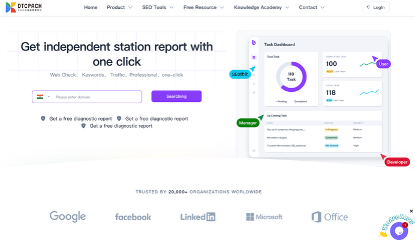
Comparison of White Hat SEO and Black Hat SEO
|
Category |
White Hat SEO |
Black Hat SEO |
|
Target Audience |
Provides useful information to the target audience |
Provides irrelevant information to the target audience |
|
Keyword Usage |
Appropriate keyword use detected by Google |
Using hidden, shrunk text and other tactics to fill with keywords misleading Google |
|
Content |
Original content |
Plagiarized or copied content |
|
Links |
Links to useful websites |
Links to irrelevant or harmful websites |
|
Related Links |
Links to related and useful webpages/sites |
Creating irrelevant webpage/site interlinks |
|
Link Nature |
Natural links |
Paid or manipulated links |
|
Traffic |
Naturally generated |
Generated via malicious programs |
|
Effect |
Gradually accumulates significant traffic |
Punished by Google or even removed from search results |
How to choose White Hat SEO
Opting for white hat SEO means investing in a strategy that safeguards your site against penalties, fosters real user engagement, and builds a durable foundation for organic growth. While results may take time, the payoff is reliable visibility, increased trust, and a higher return on your SEO investment.
If you’re looking for a partner who understands the mechanics of ethical SEO—backed by data, fueled by quality content, and driven by continual optimization—Dtcpack is ready to help elevate your online presence.



